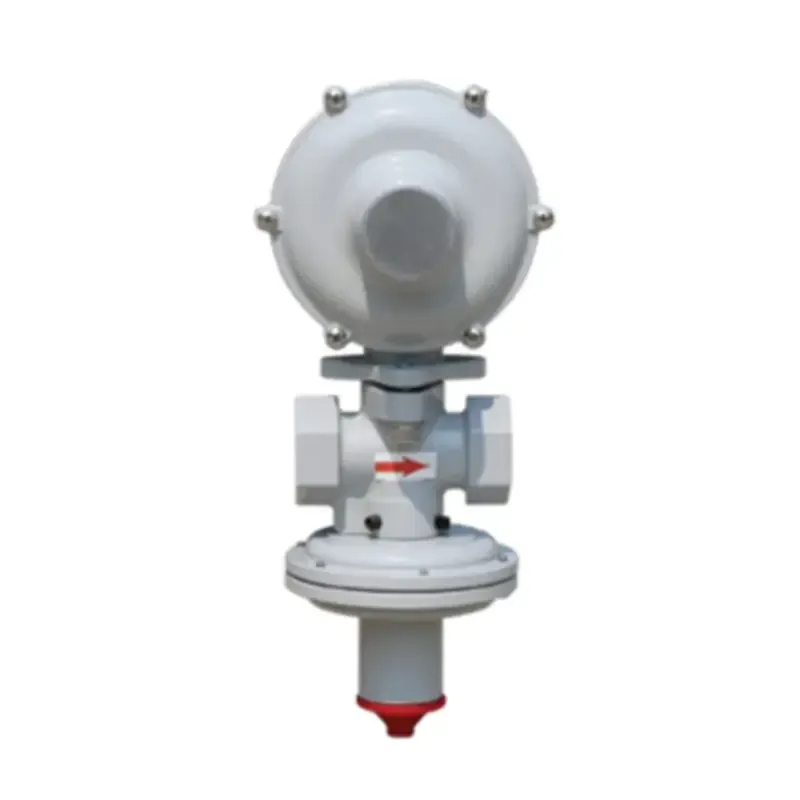
Nov . 29, 2024 16:27
Back to list
Understanding the Functionality and Importance of Relief Valves in Pressure Systems
Understanding Relief Valves Essential Components in Pressure Management
Relief valves are critical components in various industrial applications, designed specifically to protect systems from overpressure situations. These valves play a vital role in ensuring the safety and efficiency of processes in which pressurized fluids, gases, or steam are utilized. This article explores the functionality, types, and importance of relief valves in modern engineering and manufacturing.
How Relief Valves Work
At its core, a relief valve is engineered to open automatically when the pressure within a system exceeds a predetermined level, allowing excess pressure to escape. This action prevents potential hazards such as explosions, equipment damage, or system failures. Once the pressure decreases to a safe level, the valve reseals, preventing further loss of the fluid or gas contained within the system.
The design of a relief valve typically includes a spring mechanism, which applies a force on a disc or seat. When the system pressure rises above the set pressure, the force exerted by the fluid overcomes the spring tension, and the valve opens. Thus, controlling the pressure within the system efficiently and effectively.
Types of Relief Valves
Relief valves come in various types, each suited for specific applications and conditions
1. Pressure Relief Valves (PRVs) These are commonly used in liquid systems, maintaining a preset pressure to prevent overpressure conditions. They are often found in water supply systems, chemical processing, and oil and gas applications.
2. Safety Relief Valves (SRVs) More critical than PRVs, SRVs are designed for gas and steam applications where immediate pressure release is necessary to prevent catastrophic failures. They must adhere to stringent safety standards and are widely used in the petrochemical and pharmaceutical industries.
3. Combined Relief Valves As the name suggests, these valves can function as both pressure relief and safety valves. They can handle both liquid and gas systems, making them versatile for numerous applications.
relief valve

4. Solenoid Operated Relief Valves These electronically actuated valves provide quick responses to pressure changes and are ideal for automated systems requiring precise control.
Importance of Relief Valves
The importance of relief valves extends beyond mere mechanical functionality; they are integral to maintaining workplace safety and compliance with regulatory standards. Here are several key reasons why relief valves are essential
- Safety Assurance By preventing overpressure situations, relief valves protect personnel, equipment, and the environment from potential hazards.
- Operational Efficiency Relief valves maintain optimal pressure levels, which can enhance the efficiency and longevity of the entire system.
- Compliance with Regulations Many industries are governed by strict safety regulations that mandate the use of relief valves to ensure safe operational practices.
- Cost-Effectiveness Preventing catastrophic failures through the use of relief valves can save companies from expensive repairs and downtime, leading to more efficient operations and reduced financial losses.
Conclusion
In conclusion, relief valves are indispensable components in the realm of pressure management. Their ability to automatically regulate and relieve excess pressure not only ensures operational safety but also promotes system efficiency across various industries. Understanding the different types of relief valves and their specific applications can aid engineers and technicians in selecting the most appropriate valve for their needs, ultimately ensuring a safer and more efficient working environment. As technology evolves, so too will the design and capabilities of relief valves, continuing to play a crucial role in modern engineering practices.
Latest news
-
Safety Valve Spring-Loaded Design Overpressure ProtectionNewsJul.25,2025
-
Precision Voltage Regulator AC5 Accuracy Grade PerformanceNewsJul.25,2025
-
Natural Gas Pressure Regulating Skid Industrial Pipeline ApplicationsNewsJul.25,2025
-
Natural Gas Filter Stainless Steel Mesh Element DesignNewsJul.25,2025
-
Gas Pressure Regulator Valve Direct-Acting Spring-Loaded DesignNewsJul.25,2025
-
Decompression Equipment Multi-Stage Heat Exchange System DesignNewsJul.25,2025

